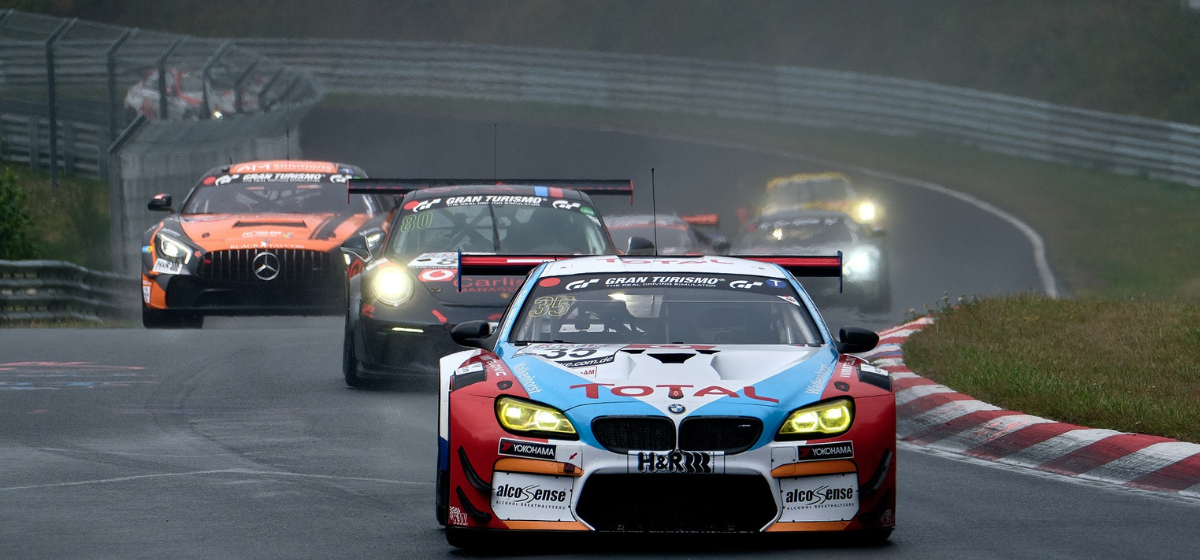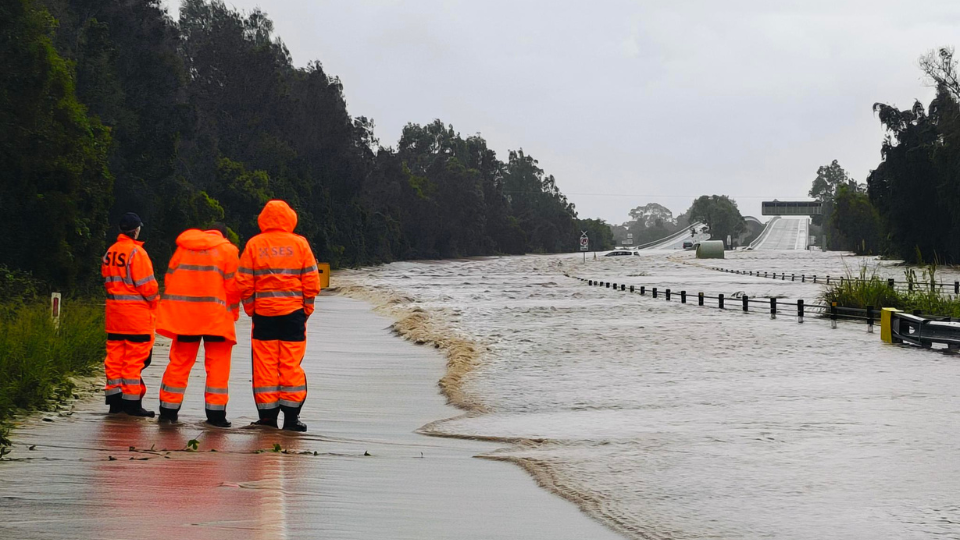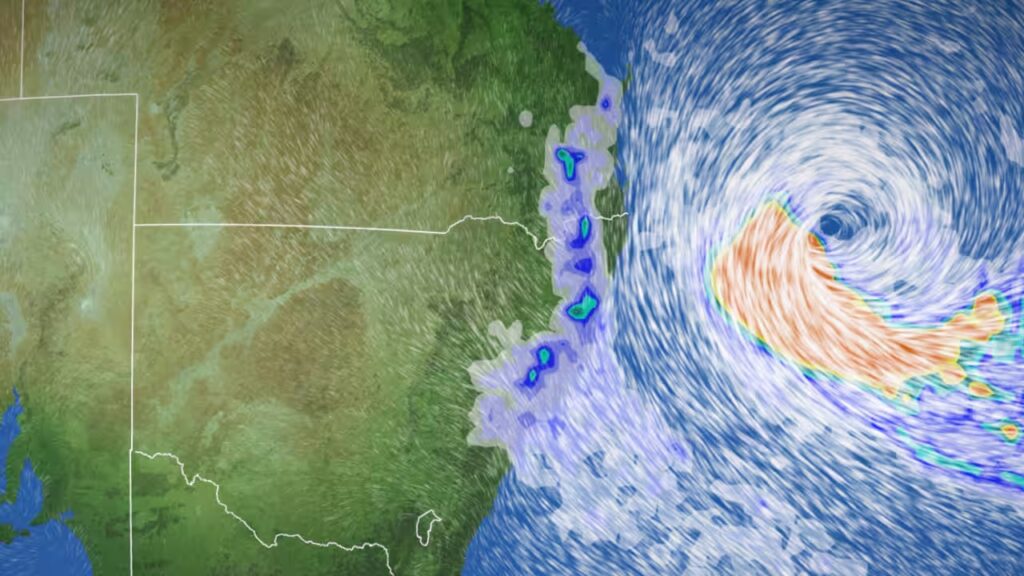As the Federal Government develops its National Electric Vehicle Strategy and considers introducing fuel efficiency standards, the Climate Council has taken a look under the hood to find out where top selling car makers rank in the race to zero emissions.
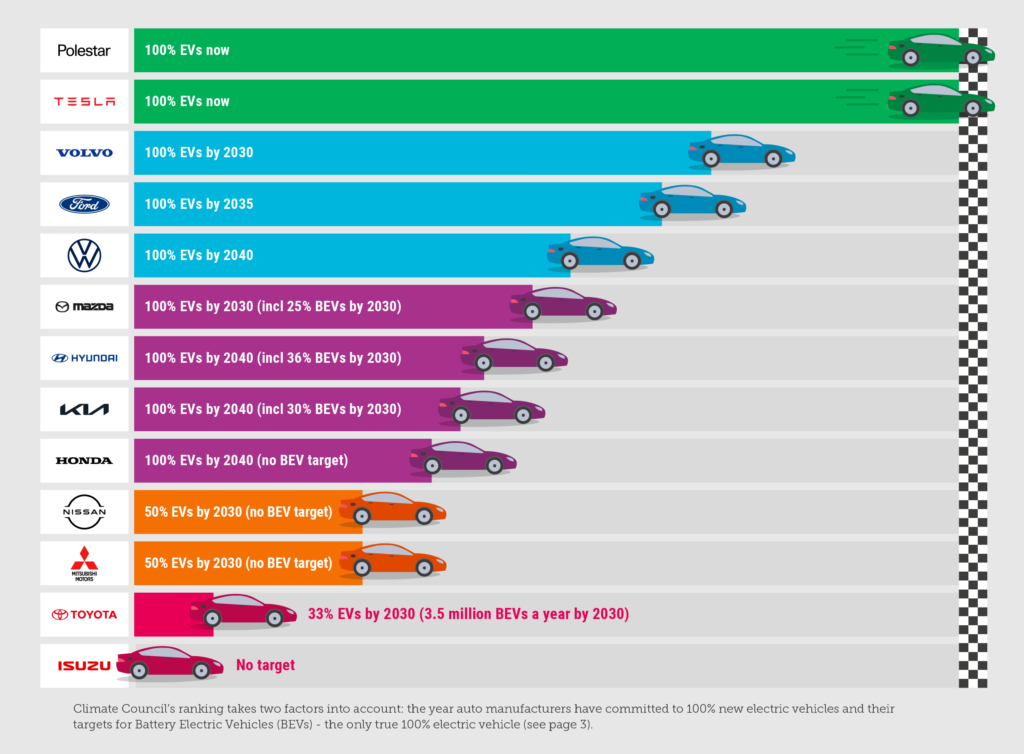
Leaving their competitors for dust, Polestar and Tesla are already at the finish line – exclusively manufacturing completely electric vehicles today. Volvo, Ford and Volkswagen are leading the pack for traditional auto manufacturers with targets to fully electrify their fleets (to all Battery Electric Vehicles (BEVs)) between 2030 and 2040. Volvo has recently committed to selling all electric cars in Australia by 2026, four years ahead of its global commitment! Midfield is a tight contest, with Mazda, Hyundai and Kia setting targets to go all electric between 2030 and 2040, with partial BEV targets. Honda aims to be all electric by 2040 although has no BEV target. Trailing behind are Nissan and Mitsubishi which are only aiming to electrify 50% of their fleet by 2030, with no BEV target. Dead last are Toyota and Isuzu, two companies yet to make any commitments to take their fleets all-electric.
Several major car manufacturers have already committed that 100% of their new vehicles will be fully electric by 2030. Even more will reach this milestone by 2040. But some are still revving their engines on the starter’s block, and risk being lapped by the competition.
Some car makers have already set their electric wheels in motion. So what?
Plans like those laid out by Volvo, Ford and Volkswagen prove a rapid transition to fully electric new vehicle sales is realistic and achievable. That means new fuel efficiency standards for Australia should be able to match the pathway forward-looking manufacturers are already on.
The Climate Council is calling for strong fuel efficiency standards that will put Australia on a pathway to see 100% of new cars be zero-emissions. Examining the way major international car manufacturers are already re-tooling their fleets shows that should be entirely possible within about a decade.
Some manufacturers have made bad bets on different vehicle technologies that have not succeeded (such as hydrogen for light passenger vehicles), or simply failed to seize the electric opportunity. Either way, Australia’s national policies shouldn’t be decided by those at the back of the pack.
Strong fuel efficiency standards will mean more cheap, clean electric vehicles (EVs) are available in Australia, so that more families can afford to drive them. At the moment, the cheapest EV available in Europe costs just $18,000 AUD, compared with almost $50,000 AUD for the cheapest one here at home. With more manufacturers transitioning their fleets and the right policies in place, we can get more Aussies behind the wheel of cheaper, cleaner new cars.
What are fuel efficiency standards?
Fuel efficiency standards aim to limit the greenhouse gas (CO₂) emissions produced by our cars, utes and other vehicles. They do this by setting a maximum average level of CO₂ emissions allowed across a manufacturer’s new vehicle offerings, with financial penalties applying where this average is exceeded.
Fuel efficiency standards incentivise vehicle makers to supply low and zero emissions vehicles by penalising them financially if they fail to do so. The CO₂ limit can be progressively reduced over time, so vehicle manufacturers have to produce increasingly efficient vehicles and/or lift the share of zero emission vehicles they produce. In international markets where fuel efficiency standards have already been put in place, this has had the effect of dramatically increasing the supply of electric vehicles (EVs) while driving down their price.
Not all electric vehicles are created equal..
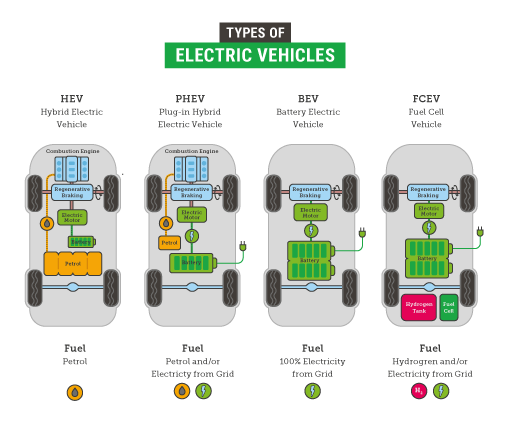
Battery electric vehicles (BEV) are the only ‘true’ 100% electric vehicles. Other EV types – including Plug-In Hybrid (PHEV) and Hybrid (HEV) vehicles – still rely in part on dirty petrol and diesel. Our scorecard takes this difference into account and auto manufacturers higher in the ranking have a near term 100% new electric vehicles target and a strong BEV target. Going all-electric will help free Australians from high and volatile prices at the petrol pump, while also driving down harmful CO₂ emissions from our cars.
Following behind Tesla and Polestar, Volvo already has a commitment for 100% of its fleet to be BEV by 2030, while Ford has set a target for 100% battery electric cars, including vans, by 2035 – in harmony with the introduction of robust fuel efficiency standards. The runner up, Volkswagen, is targeting 100% BEVs by 2040, while Hyundai, Kia and Mazda have set partial targets to 2030 (36%, 30% and 25% respectively). Lagging behind, Honda, Nissan, Mitsubishi, Toyota and Isuzu who have set no explicit BEV targets.
The bottom line?
As technology keeps getting better, we’re likely to see even more car manufacturers bring forward all-electric fleets. Australia needs policies that lean into this momentum, not ones which try and put the brakes on so that a few lagging companies can catch up.
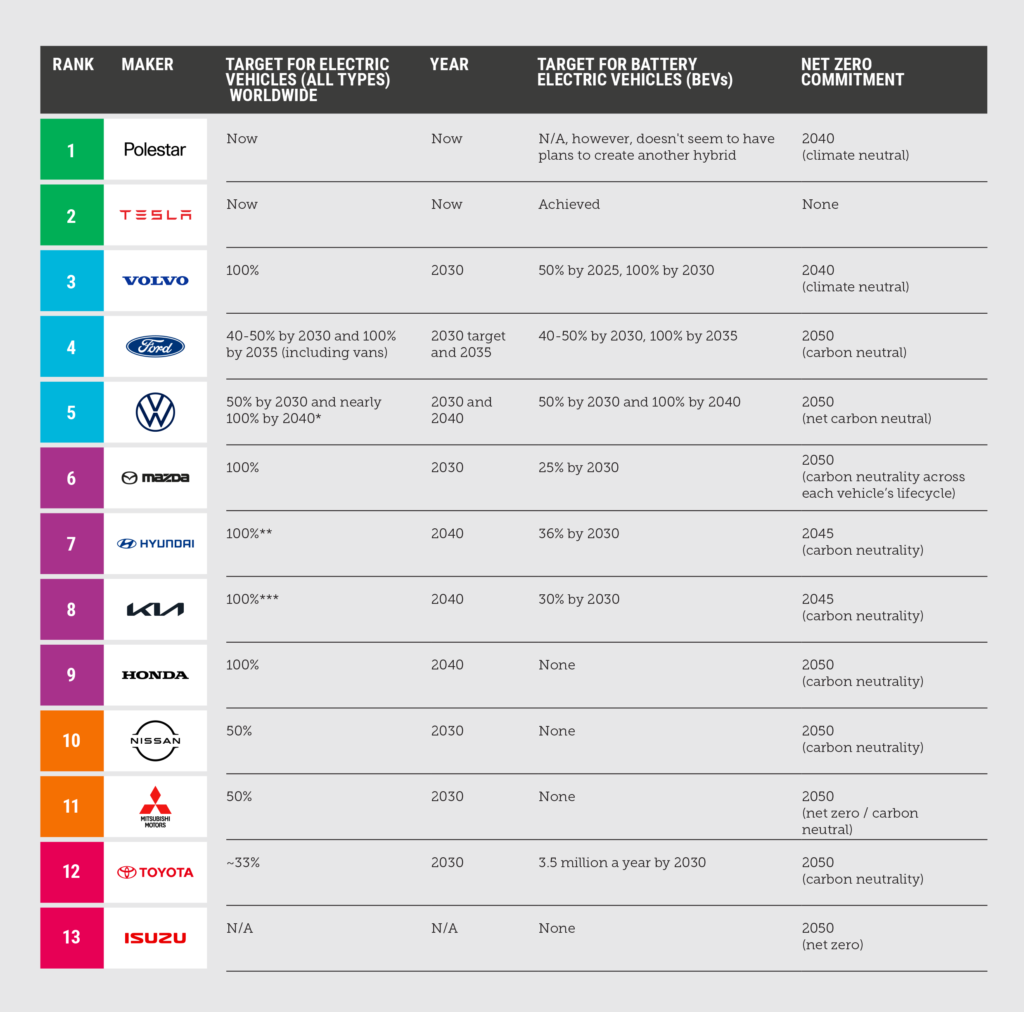
Methodology
Ranking methodology: This list was ordered according to the strongest and most ambitious EV targets to least, factoring in battery electric vehicle (BEV) targets as a percentage of fleet production and carbon neutrality commitments.
List curation and included brands: Brands identified as top selling in Australia in August 2022, are popular new car brands, or are prominent/noteworthy brands in Australia.
Unless otherwise stated, net zero refers to a commitment to carbon neutrality across the company’s operations and the life cycle of its vehicles.
*In major markets ** In China, North America and South Korea *** In China, Europe, Korea and the US

